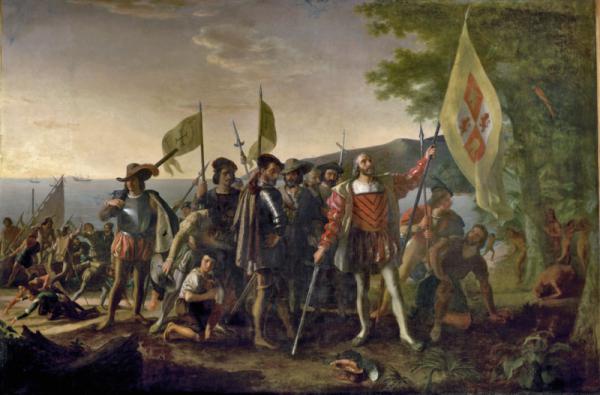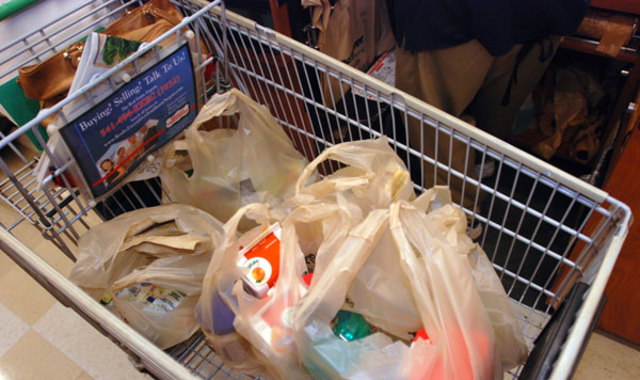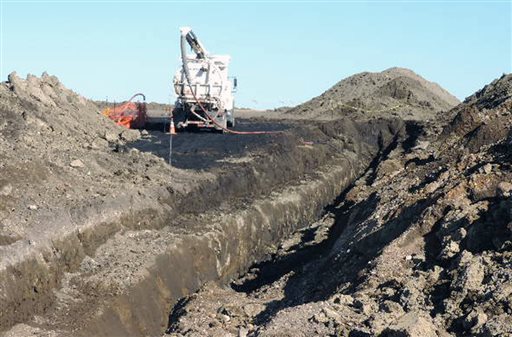Source: Marysville Globe
MARYSVILLE — Mayor Jon Nehring has proclaimed October to be Domestic Violence Awareness Month in Marysville. Police and other city officials are donning purple ribbons on their uniforms and on their vehicles in support of raising awareness about domestic violence.
Behind all of the ribbons and proclamations are two women who work specifically to help domestic violence victims in Marysville and other communities. Legal Advocacy Director Lisa Nicholson and Victim Advocate/Prevention Educator Alyssa Morgan have been on the front lines, combating the issue, through Domestic Violence Services of Snohomish County in Everett.
The city of Marysville began contracting for their services last February. Nicholson and Morgan share an office in the Marysville Municipal Court building where they provide social service support to victims.
In the past fiscal year, the agency has served 128 residents in Marysville. Services range from legal assistance in criminal and civil courts, to support groups, shelter and transitional housing for victims. Domestic Violence Services of Snohomish County also runs the New & Again Thrift Shoppe, through which all proceeds go toward helping victims, and residents of the shelter and transitional housing can receive items at no cost to them.
The National Coalition Against Domestic Violence states that domestic violence is one of the most chronically underreported crimes. Annually, domestic violence affects more than 4 million Americans, one in three people have witnessed a domestic violence incident, and children who grow up in violent homes are believed to be abused and neglected at a rate higher than the national average, according to statistics.
Nicholson and Morgan hope their broad range of services will reverse the trend.
“Victims should know that, if they call 911, they will be supported,” said Nicholson, who added that victims can also call their free and confidential 24-hour hotline at 425-252-2873. “Know you’re not alone. We’re here.”
Domestic Violence Awareness Month provides an opportunity for citizens to learn more about preventing domestic violence, and to show support for the numerous organizations and individuals who provide critical advocacy, services and assistance to victims. Both women see it as a collective effort between their office, Marysville Police and other city officials. They praise the city for making the domestic violence issue a priority, and believe that Marysville sees the benefit of having legal advocates in the community.
“Marysville is an example to other jurisdictions,” Nicholson said. “We’re a blend of systems-based advocacy, and community-based advocacy, and that offers a more comprehensive set of services.”
Nicholson and Morgan hope that Domestic Violence Awareness Month will not only bring awareness to the issue, but better understanding.
“Victims need support through the process, because it’s not as simple as saying, ‘Just leave,’” Morgan said.
“There are other dynamics,” Nicholson said. “Fear of being hurt, fear of your children being hurt, income, no resources — it’s not easy to pick up and leave.”
They also hope awareness brings more funding for prevention programs, including education as early as elementary school, to help children learn the difference between healthy and unhealthy relationships, and an emphasis on not glamorizing teen violence.
“If more people are aware, more victims are willing to call,” Morgan said.


















